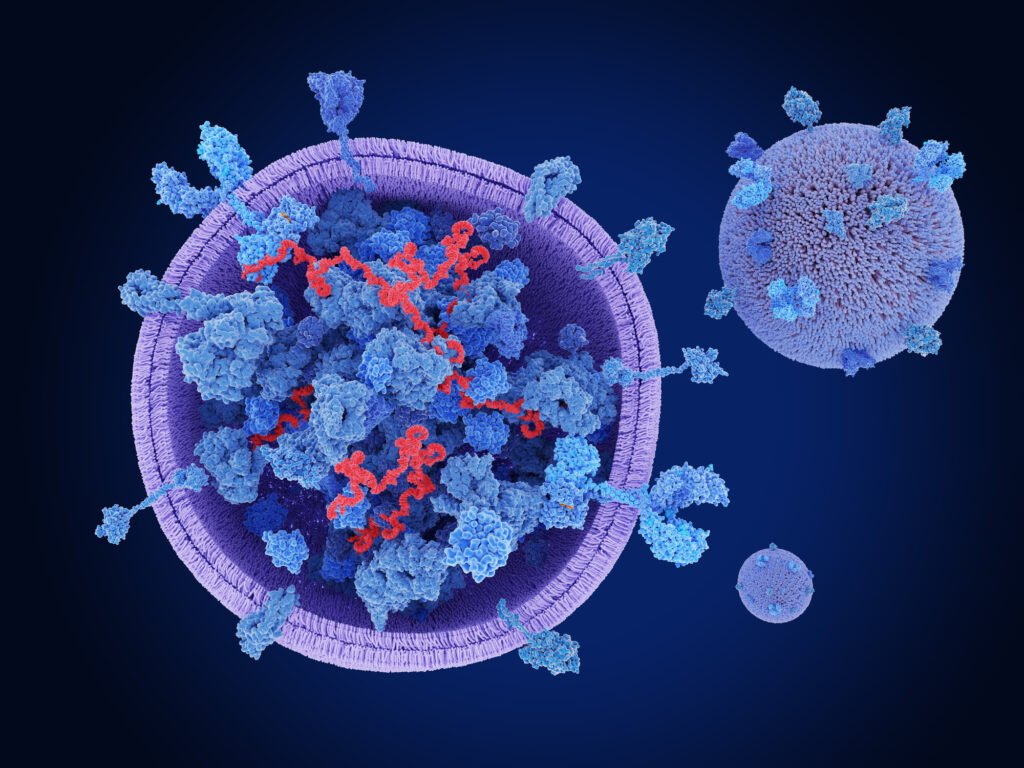Obstructive sleep apnea (OSA) is a prevalent sleep disorder characterized by repeated collapses of the pharyngeal airway during sleep. This condition leads to intermittent hypoxia, which is increasingly recognized as a significant risk factor for cardiovascular diseases. Recent research conducted by Jiarong Wang, Lili Huang, and Yimin Chen from the Department of Otolaryngology at The Second Affiliated Hospital of Fujian Medical University explores the underlying mechanisms of OSA and presents promising therapeutic insights.
In their study, the researchers focused on the role of exosomes derived from bone marrow mesenchymal stem cells (BMSCs) in alleviating the effects of chronic intermittent hypoxia (CIH) on cardiomyocytes. The isolation and identification of exosomes were meticulously performed using techniques such as ultracentrifugation, transmission electron microscopy, nanoparticle tracking analysis, and Western blot assays. These methodologies ensured a robust characterization of the exosomal contents, which play a critical role in intercellular communication.
To simulate the effects of OSA, H9C2 cells were subjected to CIH treatment. Following this, the researchers administered BMSC-derived exosome treatment. They employed reverse transcription-quantitative polymerase chain reaction (RT-qPCR) to measure the expression of miR-744-5p, a microRNA that was found to be significantly upregulated in BMSC-derived exosomes. Furthermore, levels of oxidative stress indicators and inflammatory factors were quantified using commercial kits, providing insight into the cellular environment following CIH exposure.
A pivotal aspect of the study was the prediction of potential target genes for miR-744-5p, utilizing four publicly available target-predicting databases. The interaction between miR-744-5p and NFIX, a target gene, was subsequently validated through RNA pulldown and luciferase reporter assays. The findings revealed that exosomes derived from miR-744-5p-overexpressing BMSCs enhanced cell viability while simultaneously reducing excessive inflammation and oxidative stress.
In a significant advancement, the study demonstrated that the co-transfection of exosomes with NFIX overexpression plasmids and miR-744-5p mimics counteracted the inhibitory effects of miR-744-5p mimics on CIH-induced cardiomyocyte injury. This finding underscores the intricate interplay between miR-744-5p and NFIX, suggesting that the modulation of this pathway could be a therapeutic target for OSA-related cardiomyopathy.
Overall, the research by Wang, Huang, and Chen provides compelling evidence that BMSC-derived exosomal miR-744-5p can mitigate OSA-induced cardiomyocyte damage by specifically targeting NFIX. These insights not only deepen our understanding of the molecular mechanisms involved in OSA but also open avenues for developing innovative therapeutic strategies aimed at improving cardiovascular outcomes in patients suffering from this debilitating condition. As research continues to evolve, the potential for exosome-based therapies could revolutionize the management of OSA and its associated complications.


